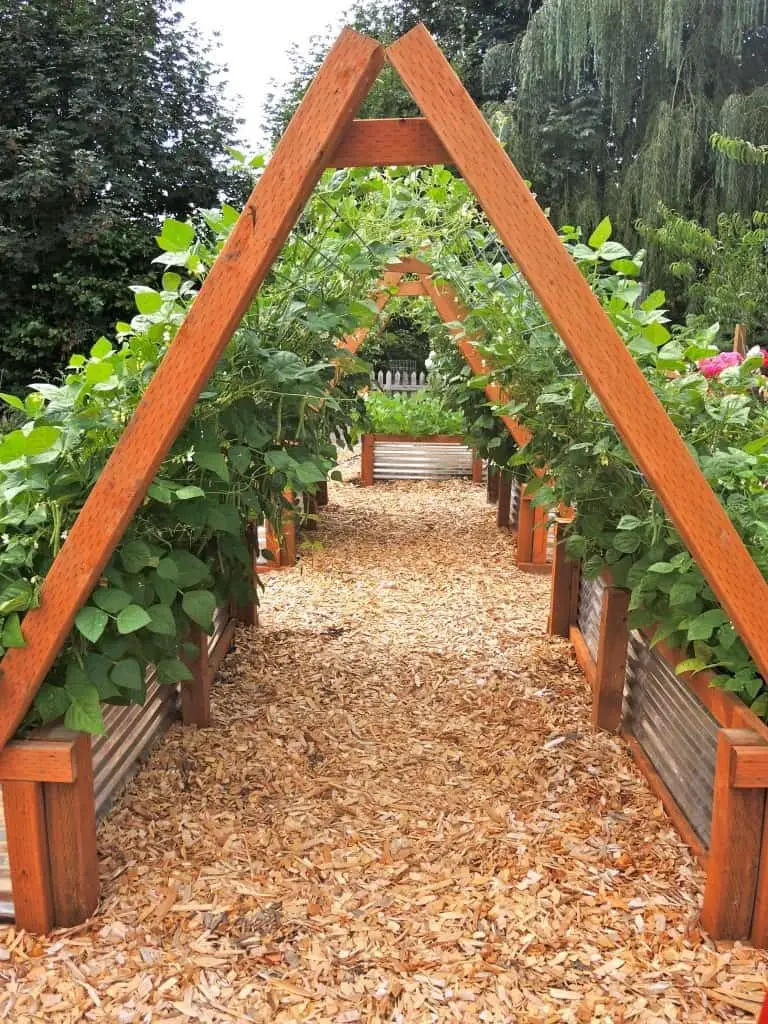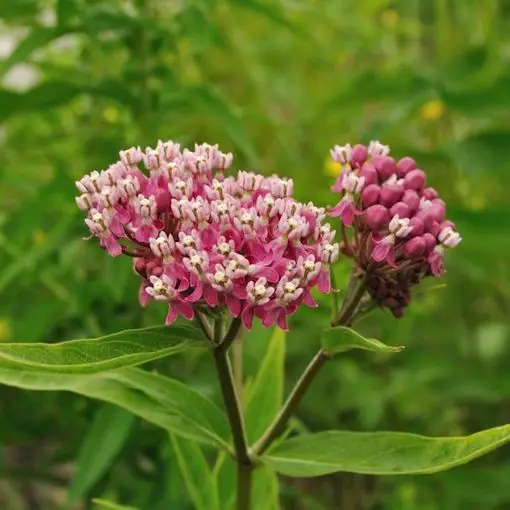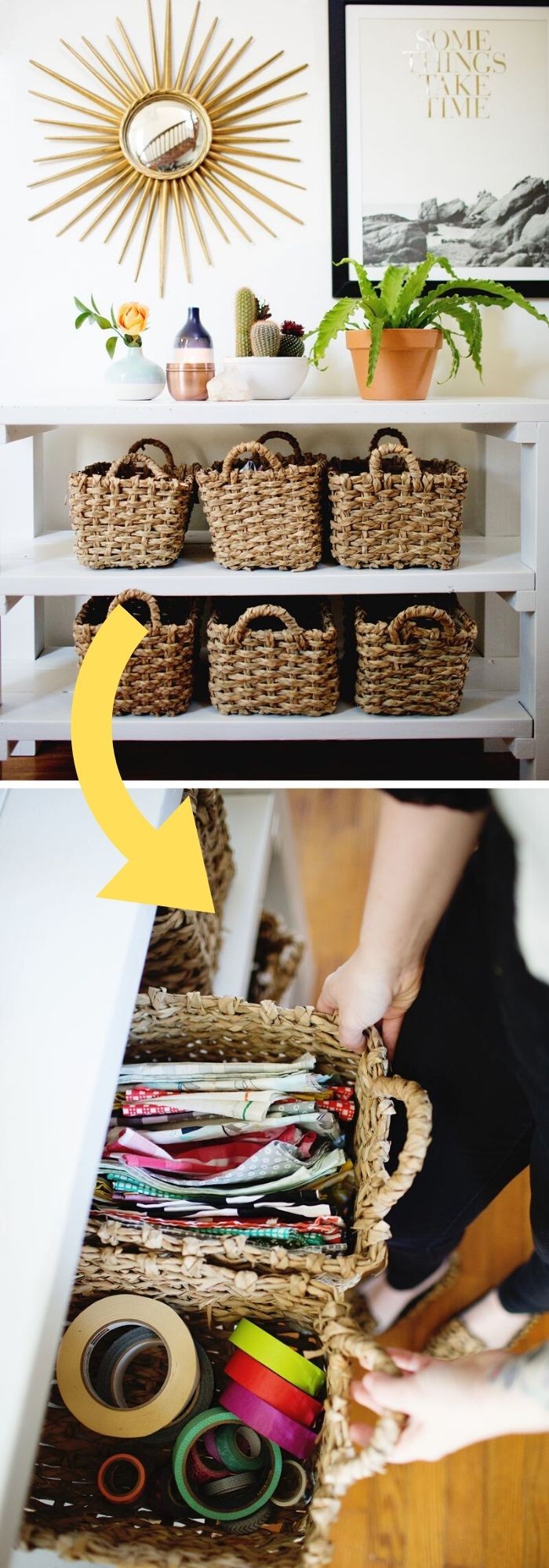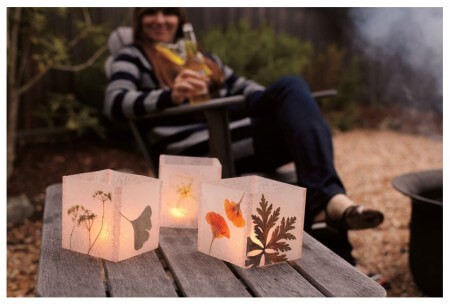10 Best Houseplants For Depression
Mental health, a pressing concern of the 21st century, has led to an increased focus on depression as a catch-all term for various experiences including sadness, loneliness, and lack of motivation. While depression is often linked to underlying psychological issues, it’s essential to recognize that improved mood states can also be naturally achieved. For instance, a walk on the beach or a moment of reflection in a peaceful environment can work wonders.
Moreover, even introverted individuals can benefit from cultivating houseplants as a natural remedy for preventing depression. But how do these plants impact emotions? Houseplants have been shown to stimulate the secretion of happy hormones, absorb toxins, and foster self-satisfaction and self-worth.
This article will explore the top 10 houseplants that can help alleviate depression, including Boston Fern, Aloe vera, Snake Plant, Lavender, Peace Lily, Jasmine, Red-edge Dracaena, Sago Palm, Chrysanthemum, and Gerbera daisy.
How do houseplants affect emotions?
It’s no surprise that houseplants have become increasingly popular as a natural mood-booster, with their ability to alleviate symptoms of depression, anxiety, and loneliness widely recognized by international hospitals and health agencies. But what exactly is behind this emotional uplift? The science suggests that the simple presence of plants can have a profound impact on our mental wellbeing, working to counteract the negative effects of stress and promote feelings of calm and serenity.
Houseplants help in the secretion of happy hormones.
In addition to providing oxygen, plants have another remarkable effect on our well-being: they release neurotransmitters that can influence our mood. Specifically, dopamine and serotonin – key players in the brain’s reward and pleasure centers – are emitted by plants, which helps to improve our emotional state. Meanwhile, oxytocin, often referred to as the ‘calming hormone,’ is released, promoting a sense of relaxation and reducing stress levels.
Houseplants absorb toxins.
Incorporating houseplants into your home or office can have a profound impact on the quality of oxygen you breathe. These plants are natural air purifiers, effectively absorbing toxins from the air. This is especially beneficial for those who spend extended periods indoors, as it helps to mitigate the negative effects of stress and negativity.
By doing so, houseplants can promote feelings of lightness, motivation, and increased cognitive function, including improved memory, productivity, attentiveness, and perception.
Growing houseplants increase self-satisfaction and self-worth.
As you nurture a houseplant through its growth phases, attending to its specific needs and performing regular maintenance tasks, you’ll likely experience a profound sense of self-satisfaction and personal accomplishment. The pride that comes from having successfully cultivated life is a unique and fulfilling feeling. Moreover, the ability to grow a thriving plant on your own can be a significant source of achievement, fostering a sense of confidence and self-worth in those who have done so.
10 best houseplants that could alleviate depression
Now that we’ve explored the emotional benefits of houseplants, let’s dive into the top-performing plants that can boost our mood. To recap, houseplants in general have been shown to elevate our emotions, but we’re going to focus on the crème de la crème – the 10 most renowned and effective houseplants that can get the job done.
Boston Fern
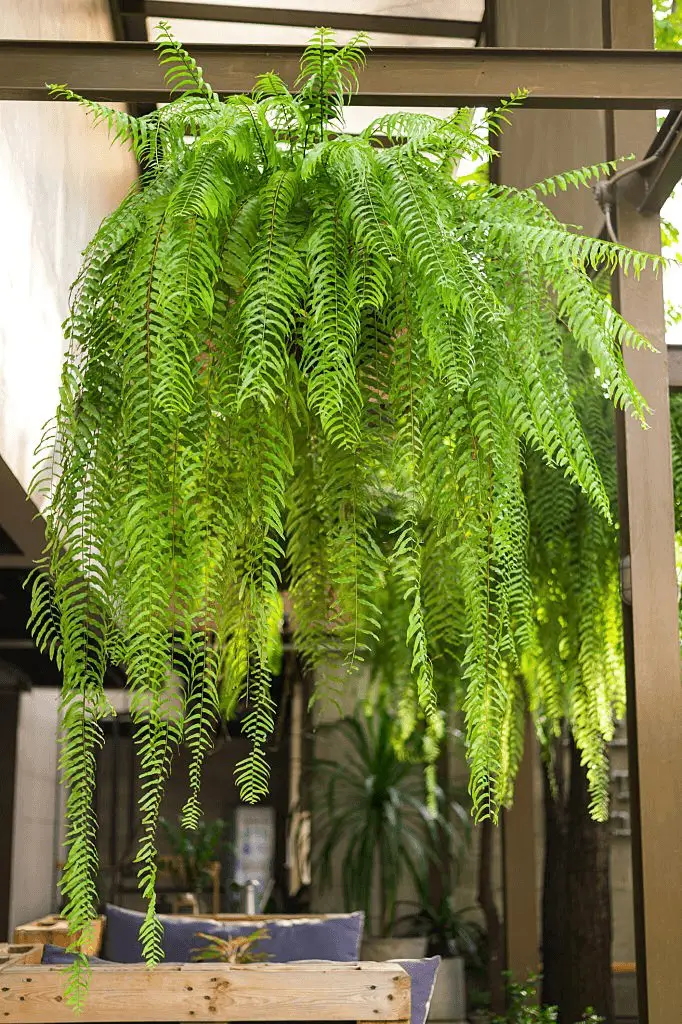
The Boston fern is renowned for its ability to purify the air with ease, making it an ideal houseplant for anyone looking to improve indoor air quality. In fact, My Domaine suggests that this plant can remove a staggering 1863 toxins per hour from a specific space, making it a valuable addition to any home or office.
When placed in a bedroom or office desk, the Boston fern is said to promote a sense of calm and tranquility, making it an excellent choice for those looking to create a peaceful atmosphere.
Aloe vera

With its wealth of documented benefits, aloe vera stands out as more than just a popular houseplant for medicinal and skin care purposes. Its ability to absorb stress and toxins when placed in a room also makes it an effective detoxifier. Historical records from the Egyptian civilization provide evidence of aloe vera’s established benefits, making it an ideal addition to one’s bedroom. In fact, experts recommend placing aloe vera in the bedroom for its calming effects.
Snake Plant

The Snake Plant, also affectionately known as the ‘mother-in-law’s tongue’, boasts striking white stripes and slender, upright leaves that are sure to catch the eye. But its aesthetic appeal is just the beginning – research conducted by NASA in 1989 revealed that this plant is a natural detoxifier, capable of purifying the air and removing pollutants.
This boost in oxygen quality has been shown to have a profound impact on mood, making it an excellent addition to any bedroom or living room setting.
Lavender
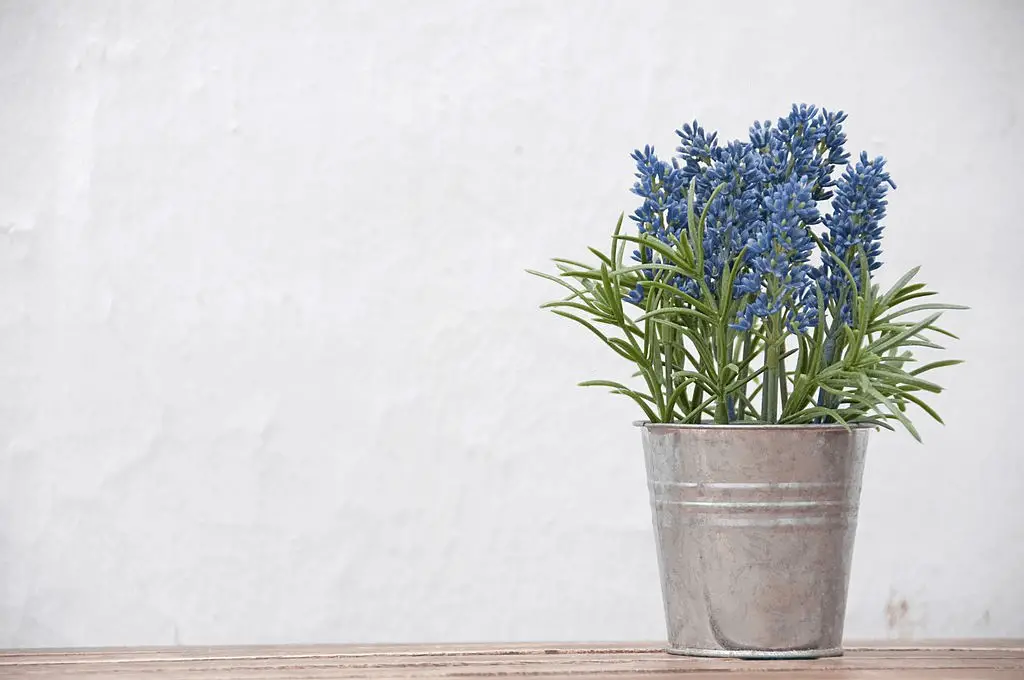
The calming properties of lavender have been well-documented for centuries, making it a popular choice for tea and essential oil production. Its tranquilizing effects have been shown to alleviate anxiety, stress, and restlessness, while also regulating breathing and heart rate. When used as a houseplant, lavender can be placed in bedrooms or workout spaces to promote relaxation and serenity. This versatile herb has earned its place as a natural remedy for promoting inner peace.
Peace Lily

While not a variant of the iconic Lily, this particular plant stands out for its exceptional air-purifying abilities. What sets it apart from other plants is its impressive capacity to remove benzene and ammonia from the air. This makes it an excellent choice for those seeking a natural solution to improve indoor air quality and enjoy a restful night’s sleep.
Jasmine
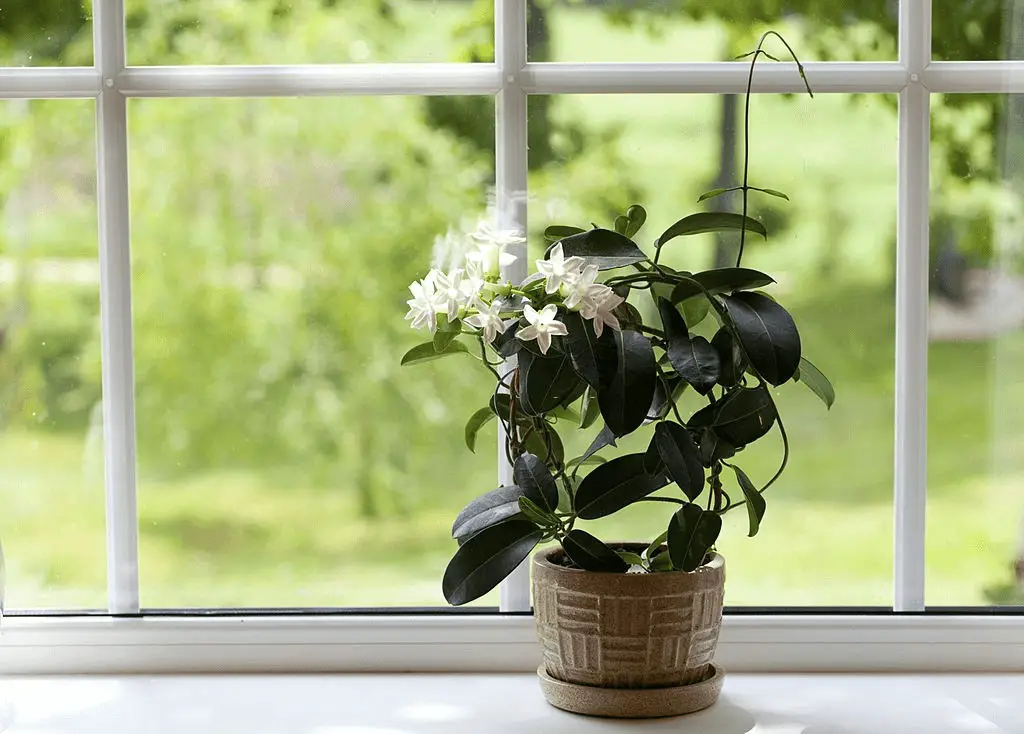
Jasmine’s aromatic allure not only promotes a restful night’s sleep but also cultivates a sense of serenity within. Its calming essence has been shown to have a profound impact on mood, much like the soothing properties of lavender. By incorporating jasmine into your bedroom sanctuary, you can create an atmosphere that fosters relaxation and tranquility.
Red-edge Dracaena
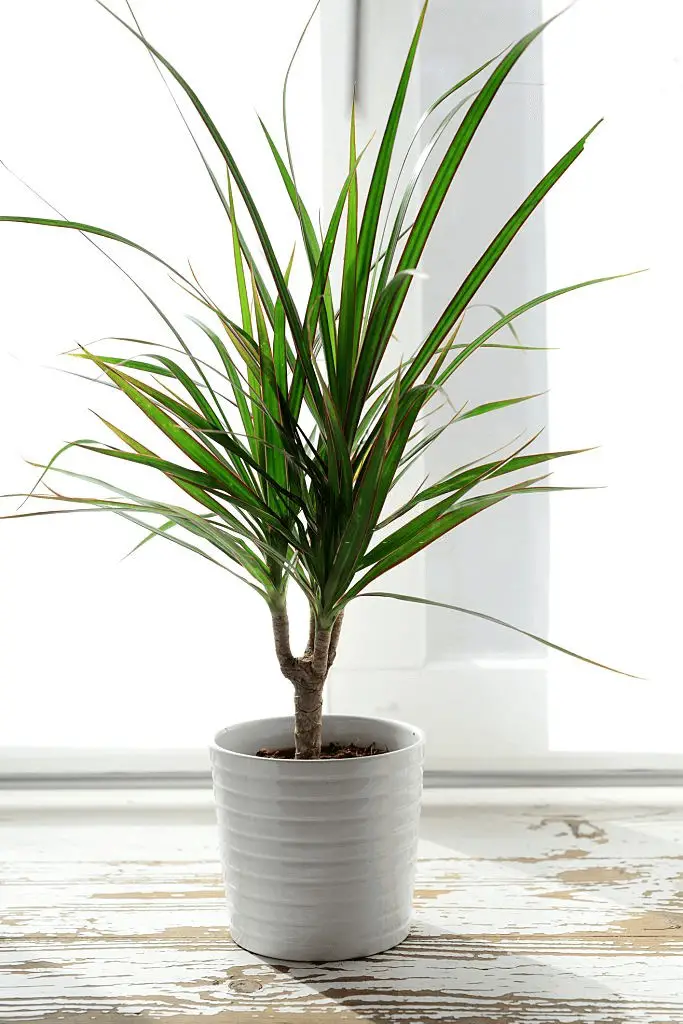
Dracaena, with its impressive air-purifying abilities, has been found to be particularly beneficial in fostering a sense of calm and reducing stress levels. This unique property makes it an excellent addition to any environment where relaxation is key.
Sago Palm

With minimal effort, this plant thrives and has the added benefit of purifying the air, a natural antidote to feelings of anxiety, stress, and seasonal melancholy. Place it in a sunny spot like your lanai or cozy bedroom, and witness the positive impact it can have on your mental well-being.
Chrysanthemum

As a calming agent, this herb not only purifies the air but is also commonly consumed as a soothing tea. Moreover, its therapeutic potential extends beyond mere relaxation, offering relief from various health concerns such as type 2 diabetes, cardiovascular diseases, and other conditions.
Gerbera daisy

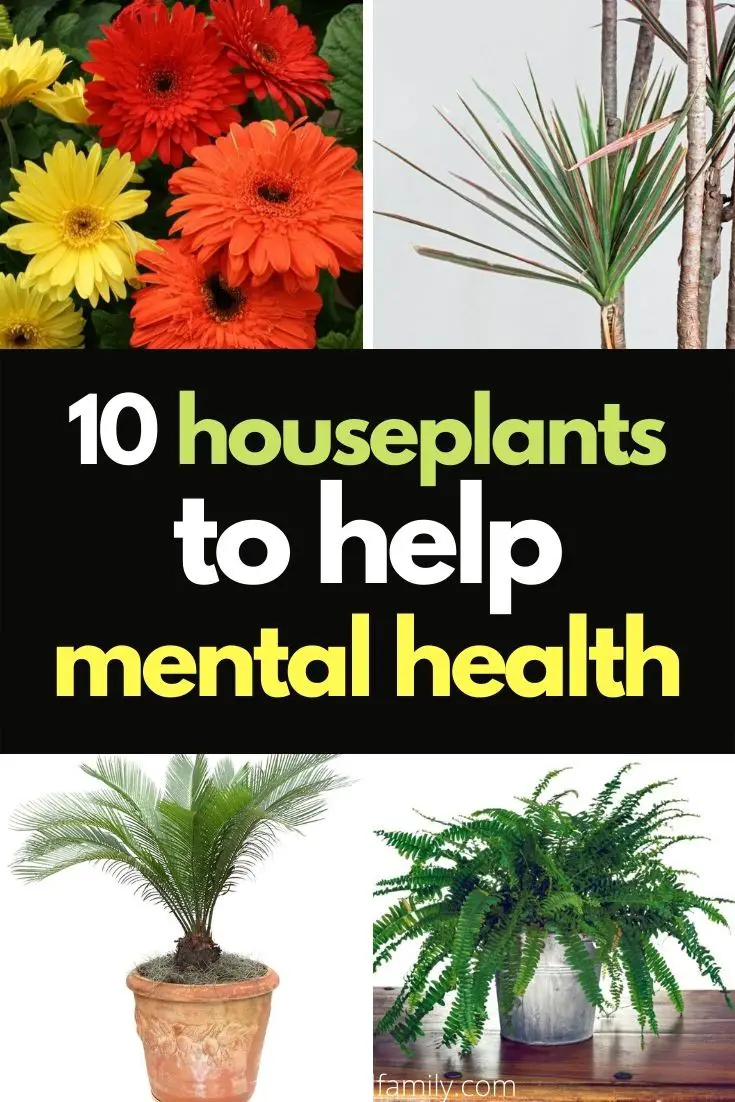
Beyond its calming visual appeal, the subject has a profound impact on indoor air quality. Its unique properties enable it to purify spaces by removing toxins and chemicals, resulting in a healthier environment that promotes improved mental well-being. By eliminating airborne pollutants, it plays a crucial role in elevating one’s mood and overall sense of relaxation.
Related Posts
Discovering the world of indoor gardening can be an exciting yet overwhelming experience. To help you navigate this new hobby, we’ve compiled four essential care tips for your flowering houseplants. Whether you’re a seasoned pro or just starting out, these expert-approved guidelines will ensure your plants thrive and bring joy to your home.
Additionally, if you’re considering starting an indoor herb garden, be sure to read our comprehensive guide highlighting the top things you’ll wish you’d known sooner. For those looking to take their houseplant game to the next level, we’ve also created a step-by-step process for making your plants live longer and more vibrant. And, if you’re struggling with the mystery of why your fiddle leaf fig is dropping leaves, our in-depth guide has got you covered.

